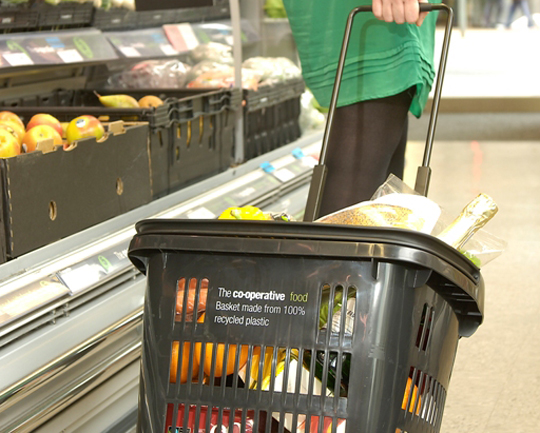Investing
UK CPI inflation falls to 1.6% in year to July

UK consumer price inflation assumed its downwards trajectory once more in July following a sharp spike the previous month.
UK CPI grew by 1.6 per centin the year to July, compared to a rise of 1.9 per cent in the year to June, and 1.5 per cent in the year to May.
The Office for National Statistics (ONS) said falls in clothing prices provided the largest contribution to the fall in the rate. Other large downward effects came from the alcohol, financial services and food & non-alcoholic drinks product groups.
The largest, partially offsetting, upward effect came from the transport group.
CPIH, a measure of CPI which includes homeowner costs, grew by 1.5 per cent in the year to July 2014, down from 1.8 per cent in June.
The ONS noted CPIH has lost its status as a national statistic pending work to improve it as a measure.

How life insurance can benefit your health and wellbeing over the decades
Sponsored by Post Office
Meanwhile, RPI grew by 2.5 per cent and RPIJ grew by 1.8 per cent, down from 2 per cent in June.
These latest statistics are likely to add weight to Mark Carney’s statement earlier this month that “now is not the time to raise interest rates”.
Laith Khalaf, senior analyst at Hargreaves Lansdown, said inflation at current levels “is unlikely to put pressure on Mark Carney to become a ‘reliable boyfriend’ when it comes to interest rate policy.”
“As long as inflation remains benign, the central bank will also have leeway to raise interest rates slowly and gradually, when they decide the time has come to do so.”
Jeremy Cook, chief economist at World First, added the data will offer some relief to policymakers.
“For the majority of the Bank of England’s Monetary Policy Committee, this figure will come as a bit of a relief. No policymaker would want to be caught between the rock and the hard place of a decision between heading off an inflation number running higher and a wage picture that is seeing pay fall in both real and nominal terms,” he said.
“The unemployment rate can easily come lower before inflation pressure pick up and, with that inflation outlook, we can easily see the Bank of England holding off on a normalisation of monetary policy into Q1 of next year.
“Sterling has continued its recent poor performance and is down 0.45 per cent against the USD and 0.37 per cent against the EUR immediately after the figure.”